Table of Contents
Libraries are bastions of knowledge from ancient times, having information resources for every age group. For centuries, it kept on evolving from storing records to a place for exclusive archives of scrolls to become community hubs bustling with activities.
But, in this digital era, libraries have drastically changed. They are trying to keep pace with the world so that they don't become obscure or part of the past. How are they doing it? Let's discuss it in this blog.
The Changing Landscape of Libraries
Library history goes back to the BC era when people started storing records in specific rooms. Greek temples have rooms for records and books. These rooms were their libraries. Then, in the classical era, the term library was coined and since then, it has become a part of our society.
The physical and traditional version of the library allows us to navigate through the shelves, find our desired books, connect with like-minded people and read books in a calm atmosphere.
But, this landscape has changed due to the introduction of digital devices in the library. AI, virtual reality and digital tools have changed the whole landscape of the library. How are they doing it? We are going to discuss different digital changes in the library along with the benefits of them.
Libraries as Digital Knowledge Hubs
In 2020, when COVID-19 hit the whole world, libraries had to convert to digital format to help students, teachers and institutes around the globe. In a Chronicle of Higher Education article, Journalist Scott Carlson says that digital information technology has become crucial for keeping academic libraries alive.
In 2020, libraries recognized that they need to remain in contact with patrons online. So, a lot of institutes and libraries created their digital library website. Except for them, there are a lot of websites such as PDF Drive, Kindle, ResearchGate and JSTOR from where patrons can get eBooks, articles and publications. These are also digital libraries that have all kinds of resources and information one needs.
These digital libraries have been beneficial for institutes, students and tutors. Libraries can stock as many resources in the digital format as they want. They don't need to worry about the less space on the shelves anymore. Moreover, they have integrated an extensive calendar in their digital libraries that contains all the information about workshops. In this way, patrons can get reminders about seminars and workshops.
Moreover, tutors and students can access these libraries without any socio-economic or geographical constraints. They just need a device and internet and can access the digital library from anywhere they want. It is especially helpful for those who have physical disabilities. Moreover, you can access digital libraries 24/7.
Digital Design in Physical Libraries
Digital tools have also become a part of physical libraries, ensuring that people can benefit from information technology in the library. This technology has helped patrons in navigating the stacks and getting access to online resources. There are software or workstations in the libraries with internet access. It is helpful for those students and teachers who don't have access to the internet and digital devices. So, they can go to physical libraries and use their computers and software to get access to digital and physical resources. This helps deal with the digital divide issue in the students.
Digital Libraries as Community Hubs
Modern libraries not only have given access to the internet, but they also have provided special rooms for people to collaborate. People from diverse communities utilize these community rooms for meeting, collaborating or attending workshops and seminars. There are multimedia services to give interactive workshops, courses and seminars to the students.
On their websites, there are online courses and workshops too for people to collaborate. This collaborative learning is helping students to network with their peers throughout the globe.
The Futuristic Library
Libraries are becoming futuristic by adding artificial intelligence to their system. AI is helping them in various ways to tailor the needs of each individual.
For example, there are different data analysis tools such as Finchat AI. Libraries are using it to get analytics about their books and user’s experience. They are making changes in their management according to the analytics. Moreover, AI management tools have made it easy to manage the catalogs and find the relevant book from the shelf with ease. AI also uses language translators such as Quillbot that can help digital libraries target people with different languages.
Schools can integrate educational software or LMS in libraries that have all the apps and websites students need. This system will ensure that students can have personalized and interactive learning with ease in the libraries.
Example of Futuristic Library
A prominent example is Helsinki Central Library Oodi in Finland. It is not an ordinary library as it has a movie theater, recording studios and maker space where people can collaborate virtually or physically. It provides opportunities for students and tutors to benefit from libraries in every possible way. Moreover, it is planning to make a digital system where people can reserve their places in the library online. With it, there is a dedicated website for its digital libraries that contains a large number of resources for everyone. It also has an AI assistant that can recommend books to visitors according to their tastes and interests.
Challenges and Opportunities
Despite all the benefits of digital libraries, there are a lot of issues regarding this evolution. The prominent ones are the staff of the library feeling overwhelmed by this change. With it, there is a lack of funds. Moreover, modern libraries should have a delicate balance between embracing innovations and sustaining the core values of libraries.
These issues can be resolved through strategic planning and a commitment to continuous learning. Libraries should collaborate with schools and tech entrepreneurs to train their employees and get funds and tech resources.
Conclusion
Libraries must turn into digital hubs to make a way for learning, growth and collaboration in the community. 21st-century students and teachers need digital libraries or AI aspects in physical libraries to learn and grow. Communities, educational institutes and entrepreneurs should take part in the innovation of libraries. They should add their roles in bringing innovation to the educational landscape.







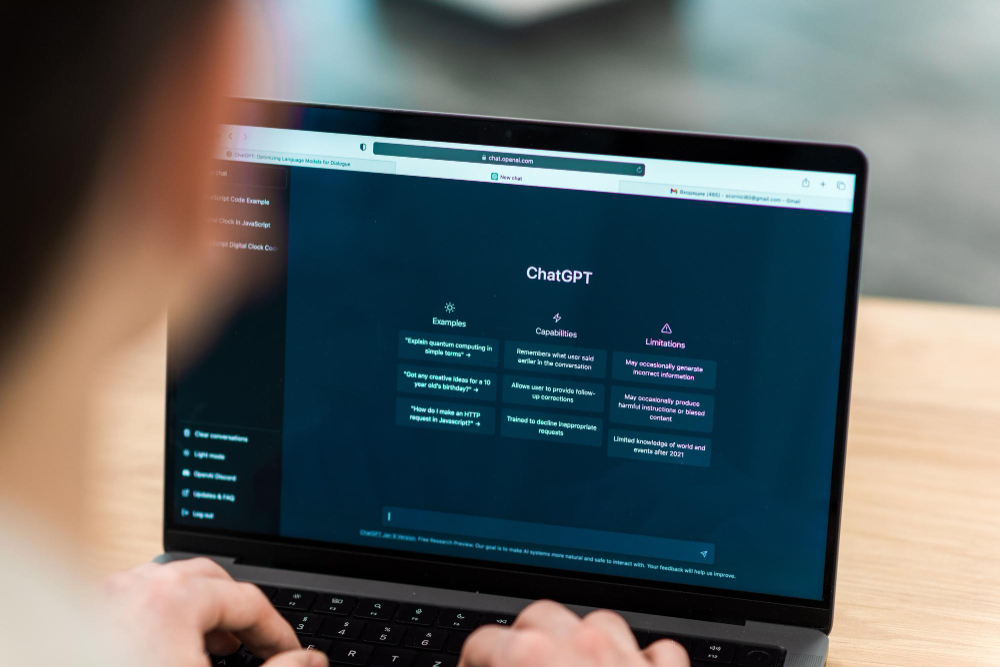








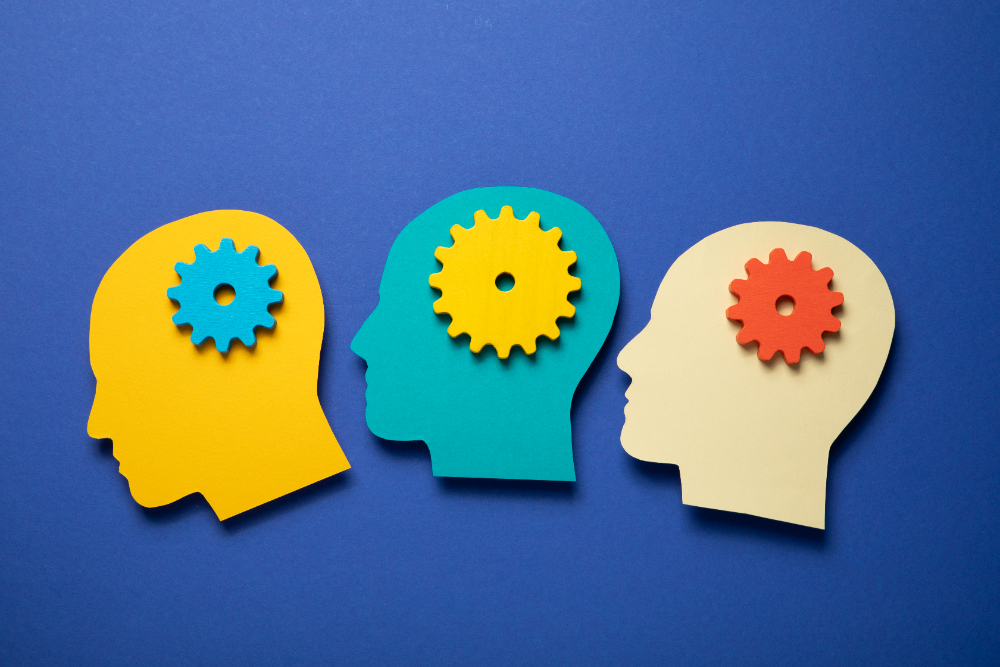






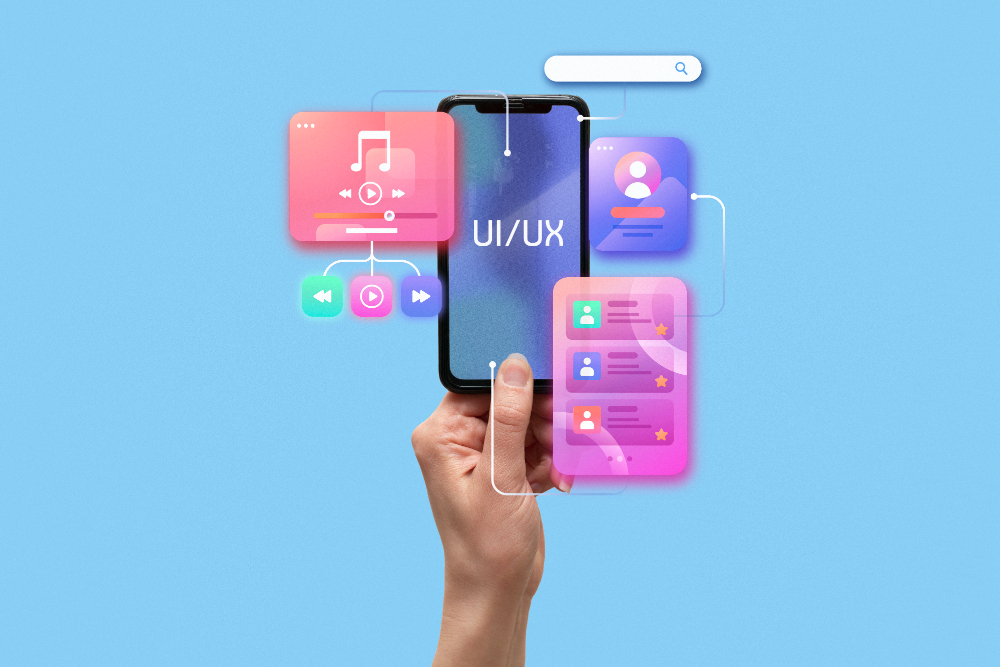
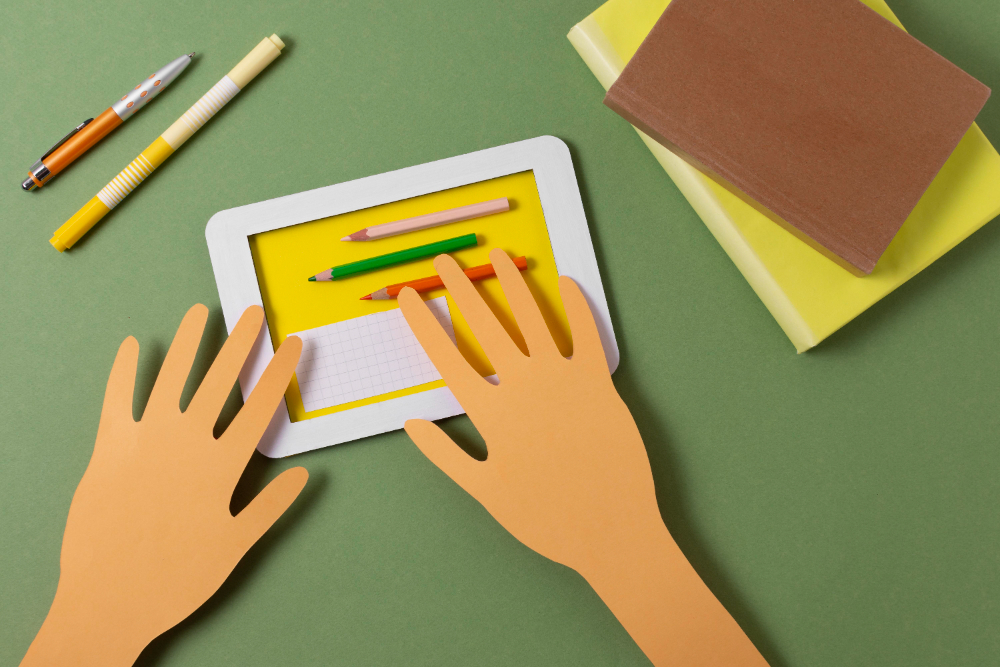


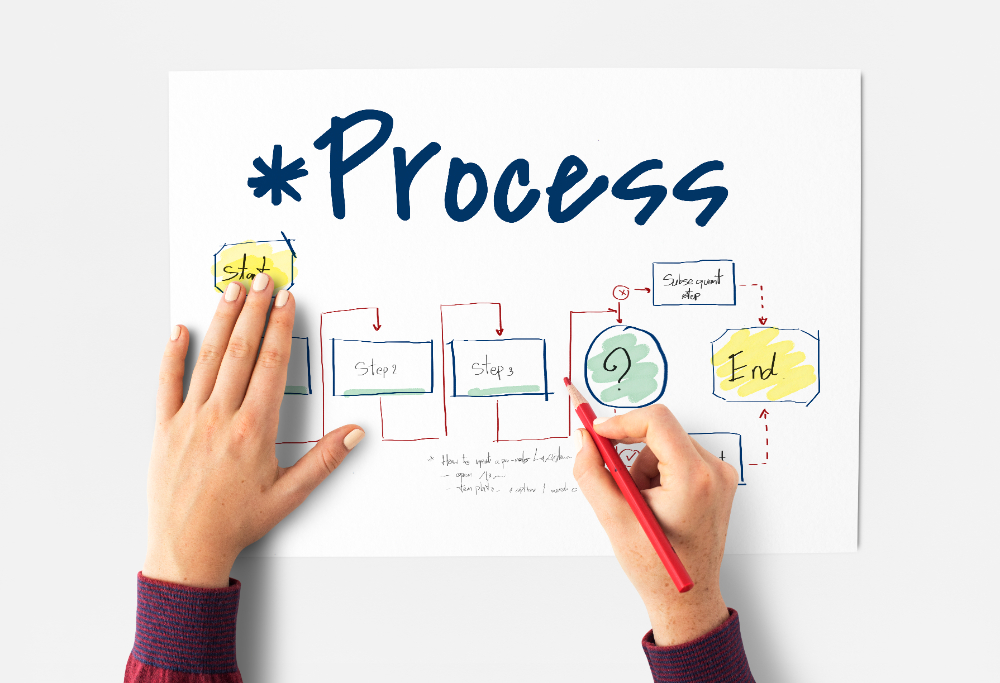



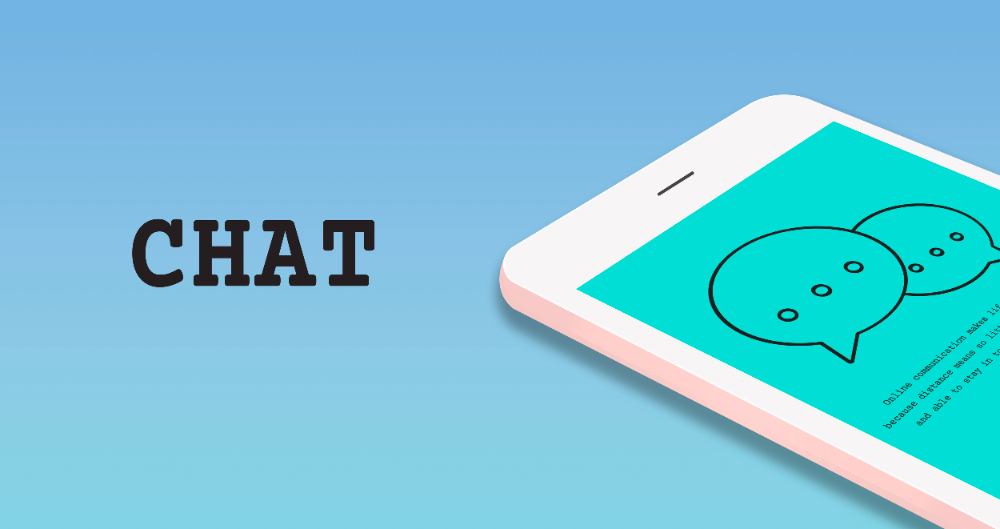

Comments are closed.